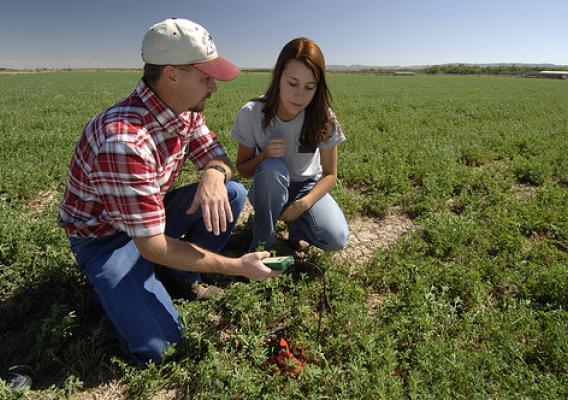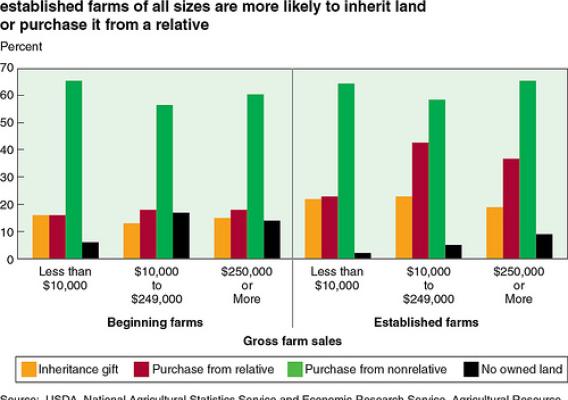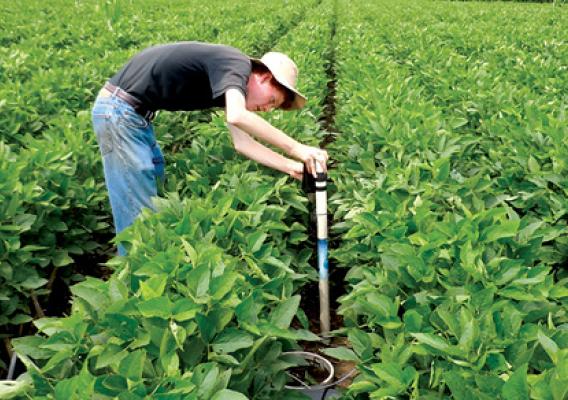This post is part of the Science Tuesday feature series on the USDA blog. Check back each week as we showcase stories and news from USDA's rich science and research profile.
Over the past decade, we’ve seen a lot of variability in the weather, with severe droughts in some places, excessive flooding in others, and more extreme weather events all over the country. While there has always been variability in the weather, scientists predict increasing variability in weather patterns as the concentration of greenhouse gases (GHG) increases in the atmosphere. Such changes present challenges for farmers, who, in many areas, are trying to grow crops under hotter, drier climate regimes and must protect their crops from damage during extreme weather events. That’s why the USDA is actively doing research on how to produce crops and livestock through increasing climate variability, and that’s why the fourth in a series of Office of the Chief Scientist white papers on the Department’s research portfolio is focused on what USDA science is doing to help prepare the agency, and the nation’s farmers for a changing climate.









